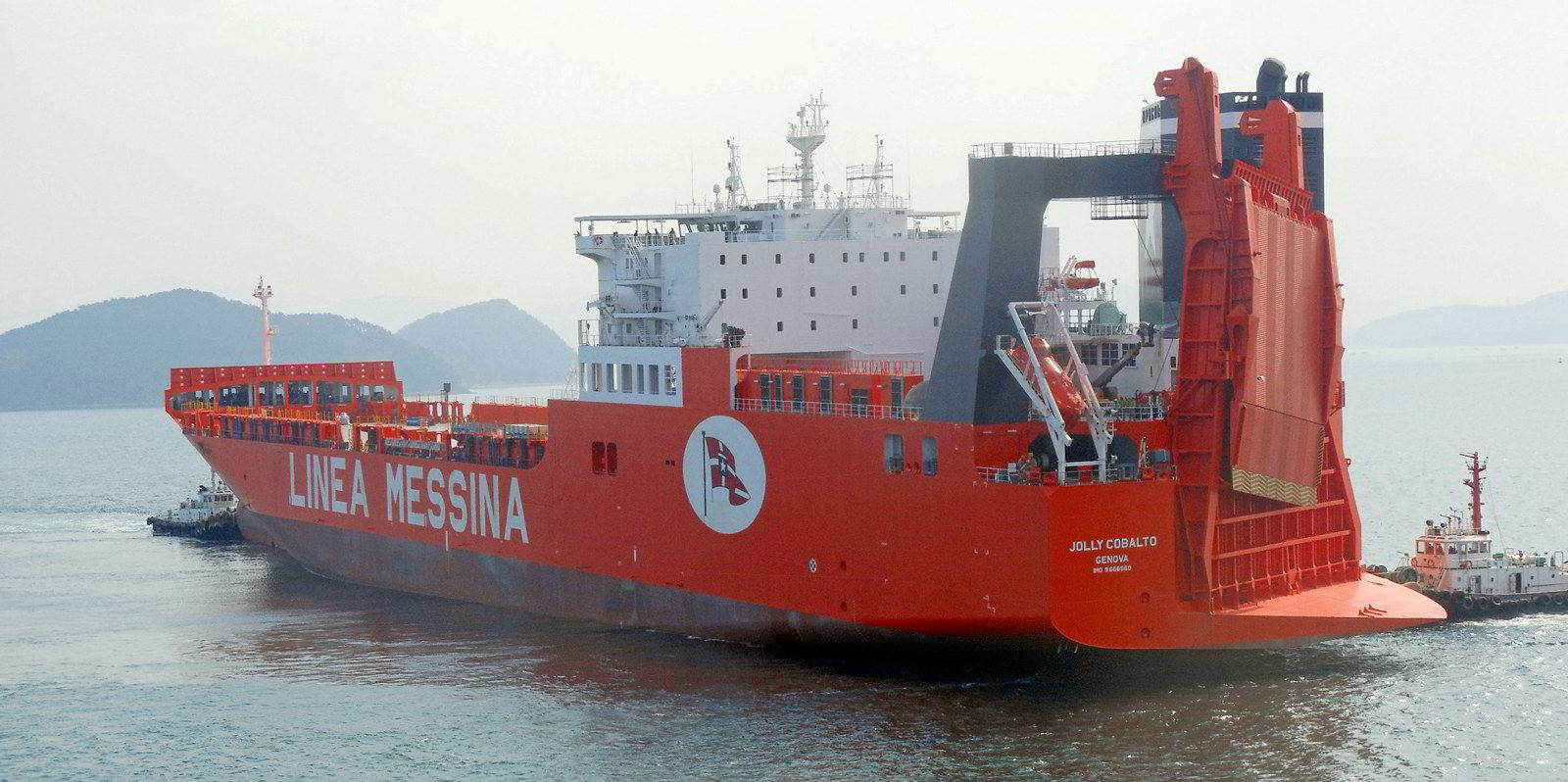The often-forgotten conro fleet finds itself flavour of the month with charterers clamouring to secure space to move cars.
Large conros with dedicated car decks and generous high and heavy (H&H) garage space are being chased by pure car truck carrier (PCTC) operators desperate to find more capacity, VesselsValue has revealed.
Most of these ships can transport up to 2,500 cars per voyage, in addition to H&H, container and project cargoes, proving an attractive solution when PCTC supply has run dry, head of vehicle carriers and ro-ros Daniel Nash said.
Last month, South Korea’s Glovis convinced Italian owner Grimaldi to release its premium 5,720-lane-metre, 1,800 teu G4 series Grande Abidjan (built 2015) on charter, paying in excess of $99,000 per day for the privilege, he added.
Nash described this as “a rare move by the Neapolitan family-run company, demonstrating that everything has a price”.
“A smart move by Liberty, saving them from a costly rising charter market,” the VesselsValue man argues.
These niche multipurpose ships usually trade in-house for Grimaldi on Atlantic routes until demolition age.
But this was “evidently an offer which Grimaldi could not refuse,” the analyst said.
Asset prices are also buoyant. Liberty Global Logistics of the US has bought the 6,350-lane-metre conro Jolly Diamante (built 2011) from Mediterranean Shipping Co’s (MSC) Ignazio Messina.
Brokers have put the price at $72m.
‘Great deal’
Nash said this was a “great deal” for the seller, considering Messina originally paid $70m to Daewoo Shipbuilding & Marine Engineering (DSME) for the ship as a newbuilding back in December 2009, at a discounted rate after the 2008 financial crash.
Nash said: “Asset prices for conros have been pumping since the onset of Covid, thanks to exceptionally strong container earnings which are now correcting.”
PCTC earnings are now the driving force and were instrumental in the price, he believes.
“Competitors criticised the hybrid designs at the time for being too container-focused, with insufficient ro-ro capacity for Africa and Middle East markets,” Nash said. But MSC “had the last laugh,” he added.
It is unusual to see conros exchange hands based on their scarcity.
There are fewer than 70 units on the water today.
Short PCTC supply has forced operators to explore every opportunity to boost car capacity for their original equipment manufacturer (OEM) clients, including livestock conversions, Nash believes.
“Operators can’t wait three years for a newbuild, assuming they can raise the finance. Ships are needed now, which is having a major impact on values,” he said.






